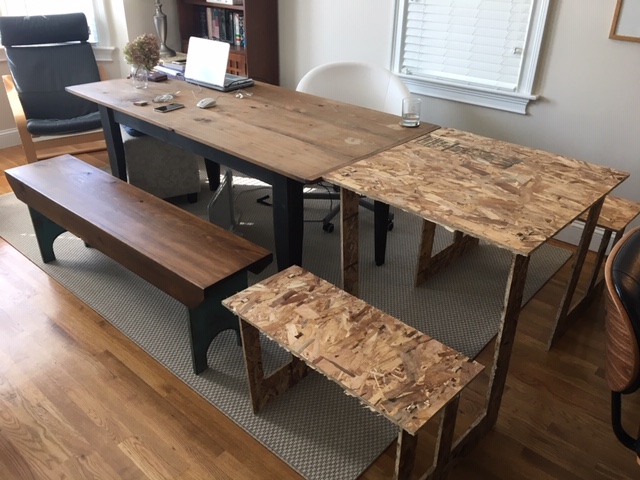Note: Below is my ideation page. Here is a link to my Final Project Page
My application to MIT's Leaders for Global Operations Program stated I wanted to further the adoption of additive manufacturing in conusmer end-products. However, my personal goal was to eventually 3D print a rocket and head to space. That would be my ideal HTMAA project, but I believe that is currently above my ability, my budget, and mired in legal and regulatory issues.
Original Thought
Sticking to the troposhere and with my exposure to aviation as a Navy pilot, I would instead like to explore the drone space. I started thinking about the idea of a 'ballistic' drone - one that you send off and forget. You would not pilot it, it would not have an advance AI-controlled auto-pilot system. The use case for this would be cheap last mile deliveries - think ecommerce or food deliveries.
Beaverworks' PERDIX
Named after an obscure Greek mythological character, PERDIX is a family of 3D printed, autonomous drones developed in conjunction with MIT's Beaverworks and Lincoln Labs. I plan on using the small size and simplicity of design of this UAV as a muse for my own drone.

Controlled crashing
But instead of fancy AI, how about a controlled crash? Launch the vehicle in the general direction, have GPS coordinates, steer to it. Once above the coordinates, just pitch-up and start an autorotation fall to the ground? Auto-rotation is how a helicopter that has lost power, 'safely' lands. Week 4 project was a helicpter blade that had different angles of attack for each blade.


Pivot
I am worried that the flight trials of this UAV will become quite expensive. Everytime it crashes, it could completely break. And as I have discovered I am not great at making new circuit boards, I also fear that every crash could be very painful.
Convertible furniture
I have moved about 7 times since college. Each space I have lived in has been unique with its own set of furniture needs. And moving to Cambridge, space is at a premium. I would like to explore creating my own motorized, convertible furnuture. The piece I would like is a side serving table that if required, could convert into a dining room extension. I am thinking the shelves, could extend and become the seat benches for the table extension. I would also like to attempt to make it convert to a desk. If it found itself against a wall, it would extend just once bench. My current thought based on load on the motor is to actually swing out a small stool that is being supported by one of the table legs. Milling a round table leg will be a little more challenging.

Proximity Sensor to be used
Current commercial inspiration - ORI
Click below for video.



